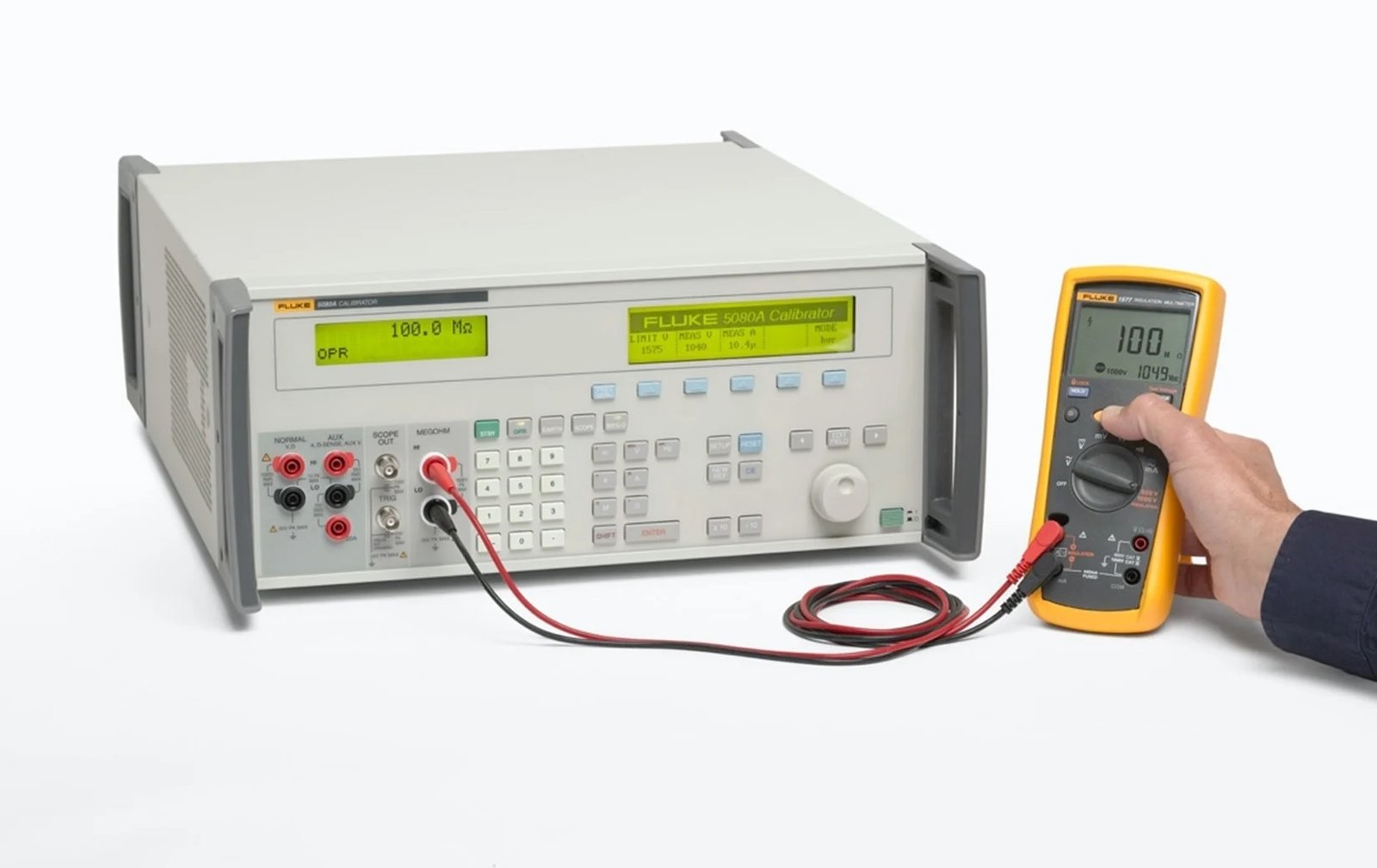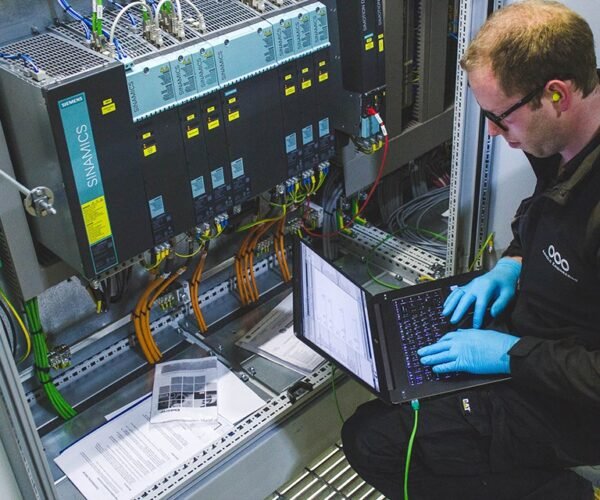A quality Fluke meter is essential for electricians, HVAC technicians and other professionals. But no matter how good your meter is, it won’t be of much use if it’s not Fluke Meter Calibration. This guide will show you how to calibrate your Fluke meter and troubleshoot any problems.
How do I verify meter accuracy?
Checking your Fluke meter’s accuracy is easy and only takes a few minutes. Simply follow these steps:
- Turn on your meter and select the desired measurement range.
- Insert the leads into the meter jacks.
- Insert the calibration standards into the meter jacks.
- Press the calibrate button.
- Compare the reading on the meter to the readings on the Fluke Meter Calibration standard(s).
If the meter readings do not match the Fluke Meter Calibration standard(s), you will need to recalibrate your Fluke meter.

How do I fix it?
If you’re having trouble with your Fluke meter, there are a few troubleshooting steps you can take to try and fix it. The first thing you’ll want to do is verify the accuracy of your meter. This can be done by following the calibration instructions in your user manual. If everything checks out, you can move on to other troubleshooting steps. Sometimes, a dirty or corroded probe connector can cause problems with the meter readings. In this case, you might need to clean the connector using a clean cloth and isopropyl alcohol. Finally, if the meter still isn’t working properly, you might need to replace the battery or send it in for repairs.
A step-by-step guide to verify meter accuracy
the Calibration procedure is a critical step that must be performed to ensure the accuracy of your Fluke meter. To verify the accuracy of your meter, you’ll need a calibration standard and some test leads. Once you have those items, you can follow these simple steps:
- Set your meter to the calibration or DC voltage range.
- Connect the red lead to the positive terminal of the calibration standard and the black lead to the negative terminal.
- Apply pressure to the probes and note the reading on the meter.
- If the reading is not within your expected tolerance, you can calibrate your meter using one of Fluke’s calibration procedures.
What comes in the box with the Fluke Voltage Detector?
The Fluke Voltage Detector calibration kit includes a calibration reference, a temperature probe, two alligator clips, a USB cable and a user manual. The calibration reference is a small white box that contains a voltage source. To calibrate your voltage detector, you’ll need to first ensure the device is turned off. Next, remove the battery cover and remove the batteries. Connect the calibration reference to the alligator clips, then connect them to the black and red test points on your voltage detector.
Finally, connect the temperature probe to the probe connector on the calibration reference, then insert the probe into the Temperature well. Finally, turn on your voltage detector and wait for the calibration process to finish.
Fluke meters are some of the most popular and accurate on the market. However, even the most well-made tools will require calibration from time to time. By following these simple steps, you can quickly and easily calibrate your Fluke meter to ensure optimum accuracy and performance.




